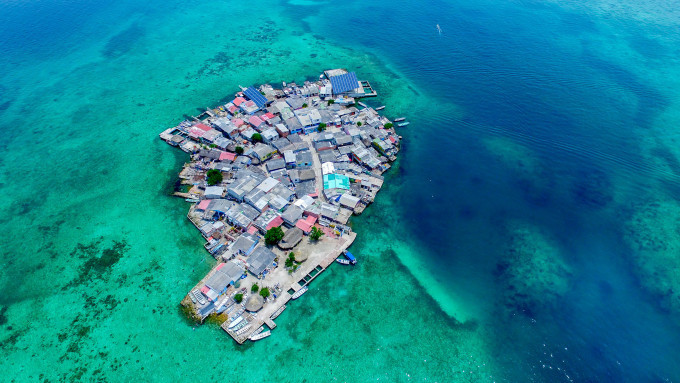
Santa Cruz del Islote is an artificial island off the coast of Colombia, created by local fishermen in the 19th century to shelter from storms or to rest. Today it is known as the most densely populated island in the world, with over 800 people living on 9,700 square meters of land, or 1 person per 12 square meters.
Santa Cruz del Islote is a place where "houses are close together, there is no sewer system and drinking water has to be transported from elsewhere," said filmmaker Ruhi Cenet, who visited the island in early March.
A 94-year-old local resident said she was born on the island and has never left. She recalled that when she was a child, there were only a few houses on the island and the rest was empty. Now, there is no more land on the island to build houses. Many families of 10 sleep together in one room.
As she wandered around the island, Ruhi said, “everywhere you turned, people were coming out from every corner.” He added that it was hard to be alone on the crowded streets. The sounds of people, roosters, waves and music all blended together.
There are four concrete roads around the island. There are no cars or motorbikes because it is too crowded. Locals say the population is constantly increasing because most women have their first child at the age of 16 and there is no family planning. Many families have five children.
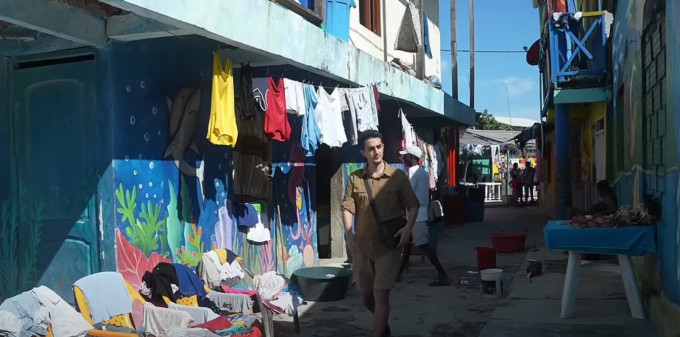
As for housing, islanders do not seek government permission to build and build “wherever they want.” When they cannot find space, they add floors to existing buildings. The buildings are so closely spaced that residents sometimes have to walk past each other to get to the other side.
To describe how small the island is, Ruhi said walking from one end of the island to the other, despite having to navigate the maze of houses and alleys, only took him two minutes to complete.
Despite its small size, Santa Cruz del Islote has many amenities including a school, a church, a clinic, a hotel, a small tavern, and three markets to serve both residents and visitors. There is no cemetery on the island. When a person dies, they are carried around the small central square and then the body is transported to the mainland for burial.
There is also no space for farming, so most supplies, including drinking water, are delivered by the Colombian navy every few weeks. Islanders try to catch rainwater, but it only rains once every seven or eight months. Many homes have solar panels and generators, but residents say the electricity is unreliable, often missing for days at a time.
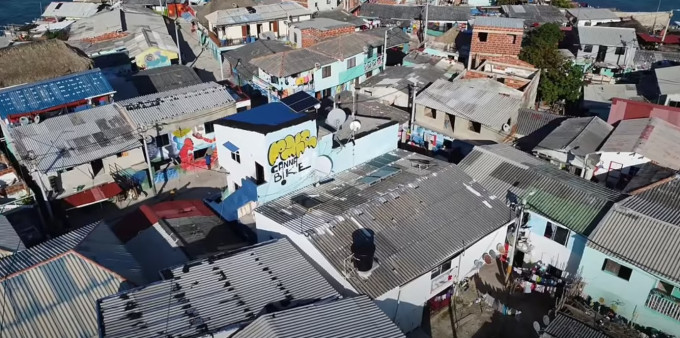
Because the island is so small and everyone knows each other, there is no crime or theft. There are 800 people on the island but no police. "There are no robberies or fights. We live peacefully together," said one resident. The island's elders are highly respected and are considered "neighborhood police" to adjudicate any disputes. "If there is a misunderstanding or a fight, the elders come and advise. After that, we shake hands and continue to be close friends and brothers and sisters," added another.
Like the 94-year-old woman Ruhi spoke to initially, most islanders have no plans to leave. “I will spend my whole life on this island. I was born, grew up and will die here,” said one young resident.
The island is located in a special position: it is located on the second largest coral reef in the world. Therefore, although the ocean waves are 30 meters high when approaching the island's shore, they are only about 3 meters high when approaching the island's shore. "We are safe here," shared another resident.
Fishing was once a thriving industry, but today the fish stocks have been depleted. They even have to import seafood from the mainland. Most islanders now make their money from tourism, a sustainable alternative.
Tourists are attracted not only by the densest population but also by the vibrant life of the people and the surrounding pristine waters. Locals have quickly adapted to the frequent visitors by providing accommodation, guided tours and selling handicrafts as souvenirs.
TB (according to VnExpress)Source


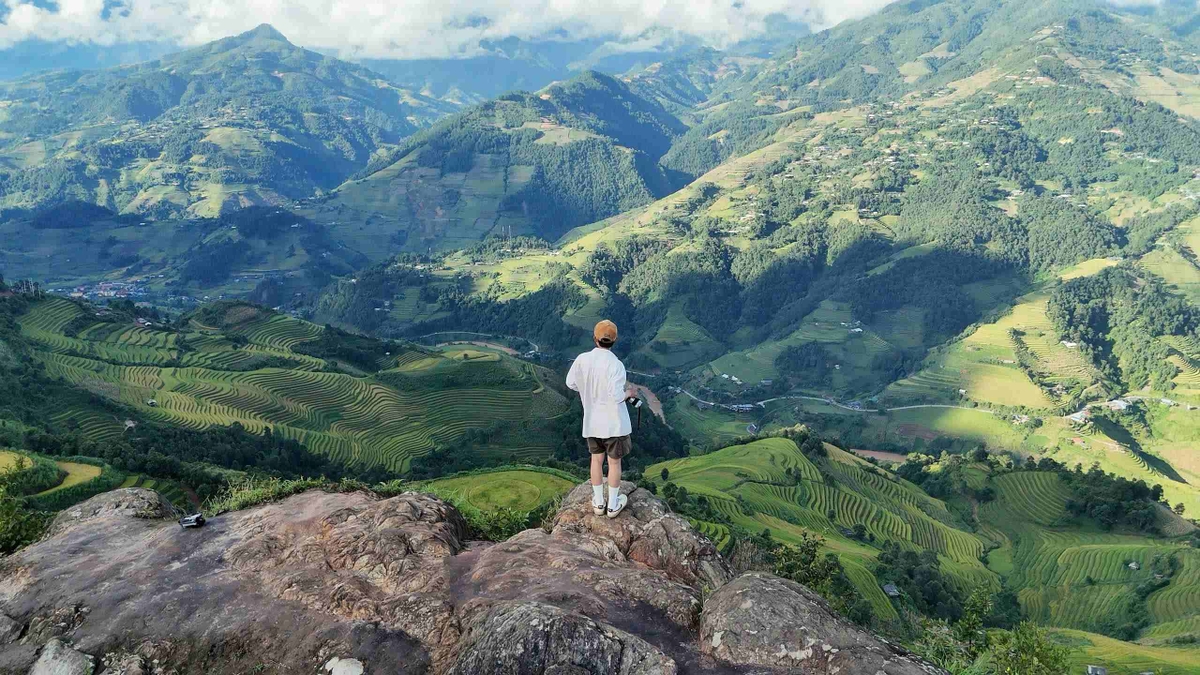





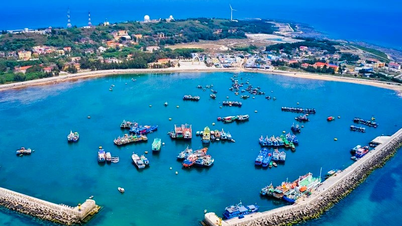

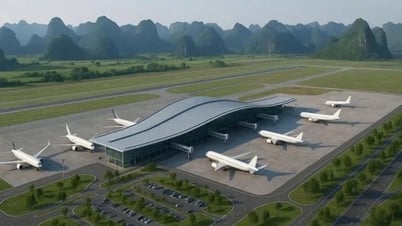


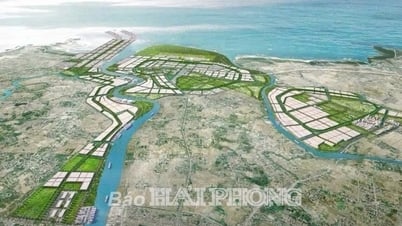

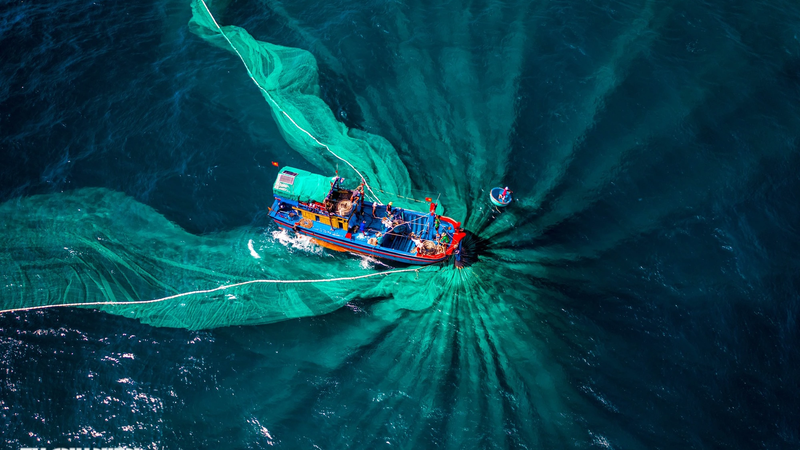








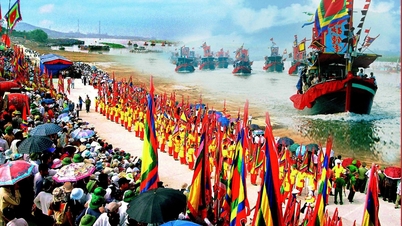









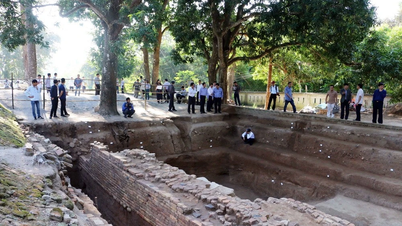







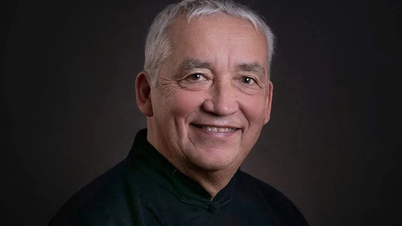






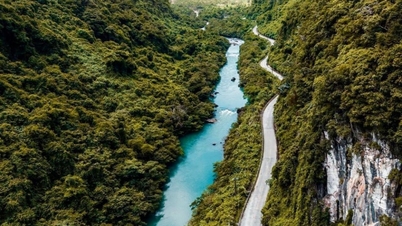


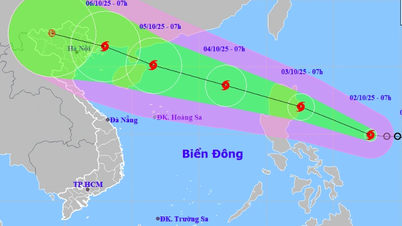


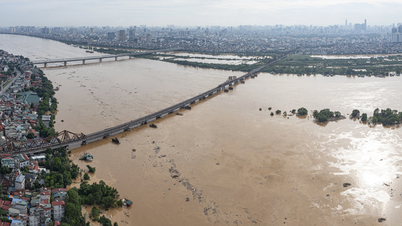
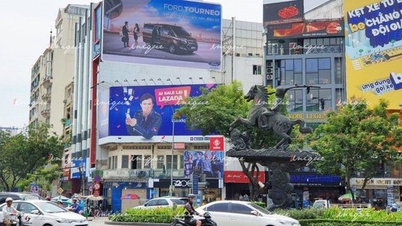
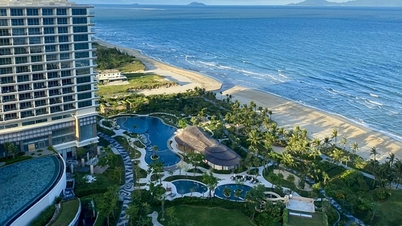





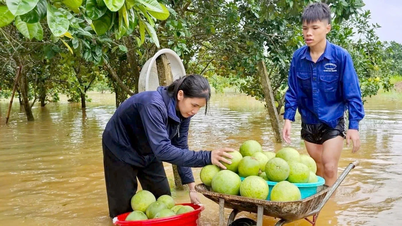

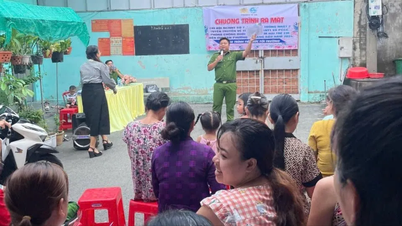



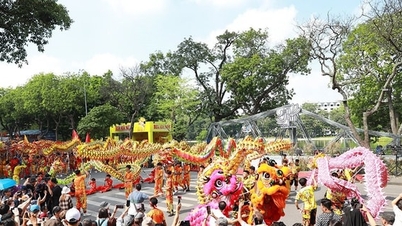
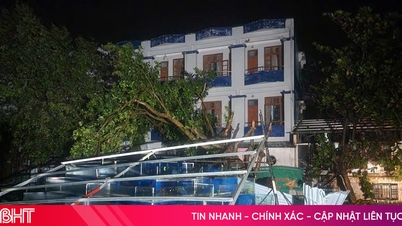

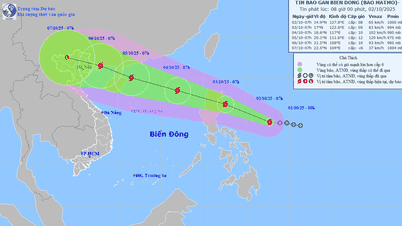








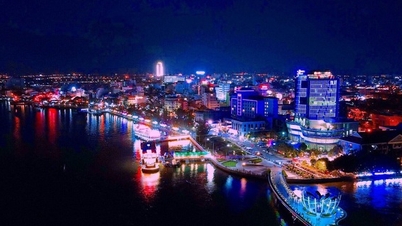




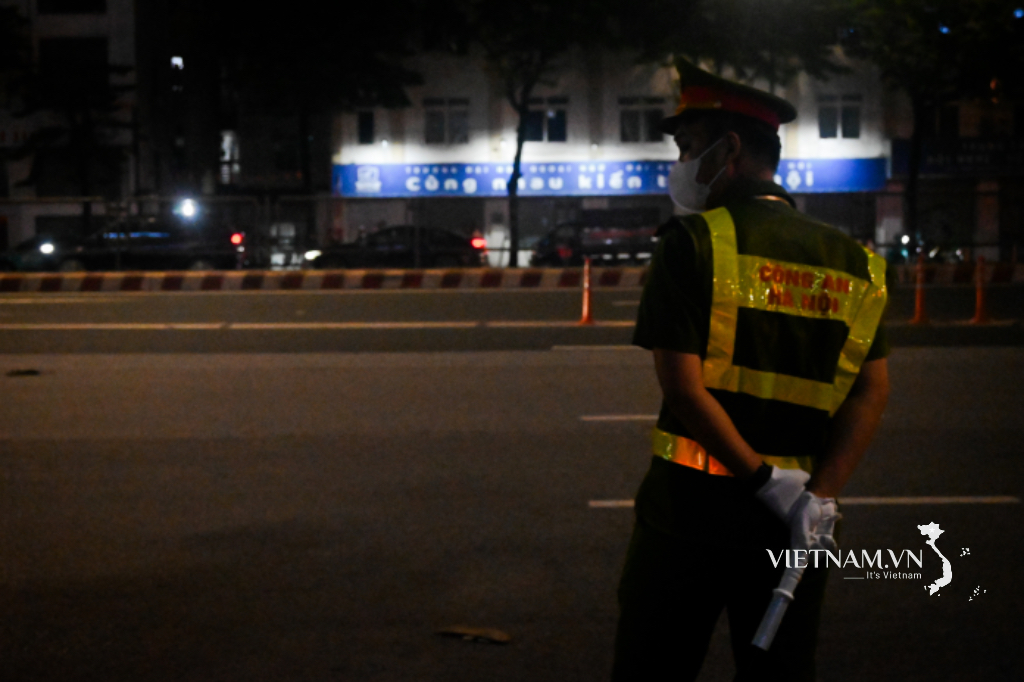
Comment (0)